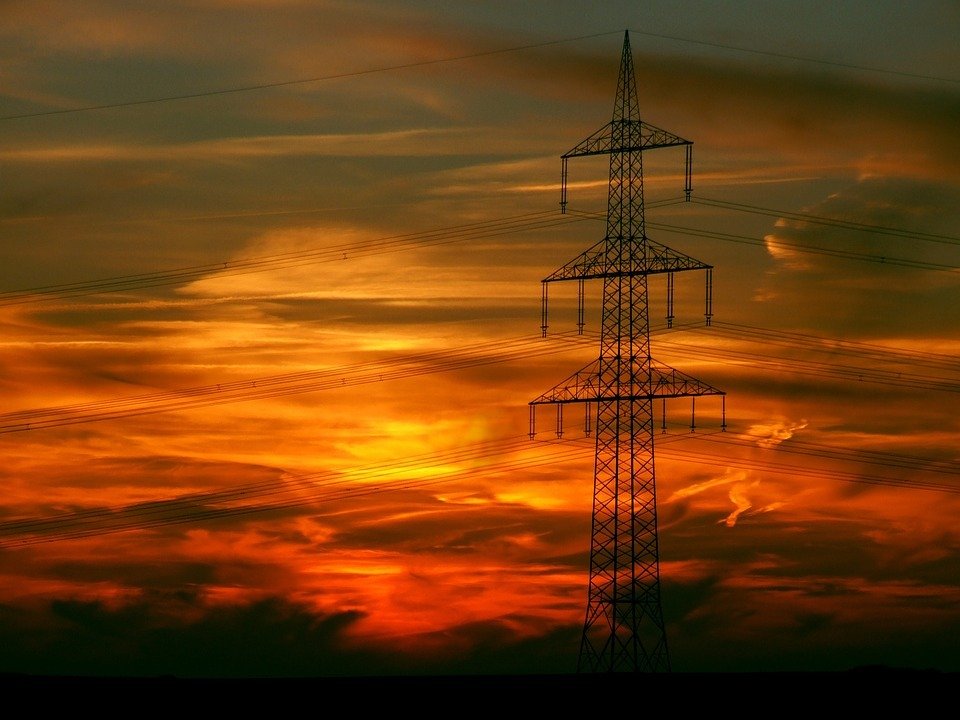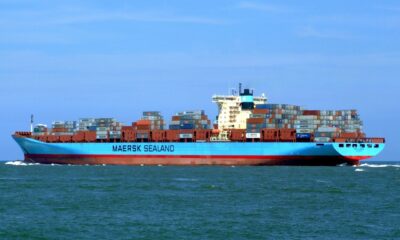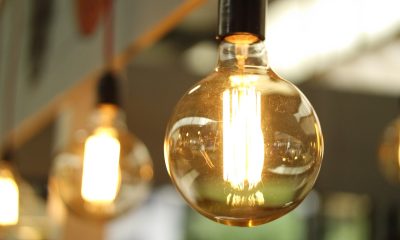Business
Why efficiency investment is vital to all energy retrofits
There is an amazing absence of true investment discipline in the way both homeowners and professional real estate investors engage in energy retrofitting.

Net-zero buildings are becoming more prevalent, but serious retrofits are still rare. I recently reviewed the deal sheet for NYCEEC, the New York City ‘green’ bank, and about 80% of their deals were on the order of 20-30% Green House Gas (GHG-) reduction, and only 20% (or less) showed 70+% GHG-reduction, meaning they were “deep” retrofits, as they are known in today’s industry parlance. There is an amazing absence of true investment discipline in the way both homeowners and professional real estate investors engage in energy retrofitting. The overwhelming majority of retrofits are “minor” energy efficiency jobs, and deep retrofits remain rare. Yet, from the point of view of the value of the property, energy efficiency alone will not cut the mustard, because increasingly properties will be competing against newer, net-zero properties, and because of the effect of diminishing returns.
Confusing energy efficiency and energy retrofits
The confusion of energy efficiency with renewable retrofitting represents profound financial, economic and environmental misconceptions, and there is mounting evidence that ‘weatherization,’ costs twice what it is worth: it seldom adds value. This problem has developed over time for several reasons, including:
It all started in the 70’s when oil price spikes led to an interest in greater efficiency in using energy. On-site energy retrofitting options were few and far between, burning less fuel was the order of the day.
Utilities rely on identified energy efficiency as a customer retention policy. The natural realization is that by making energy cheaper, people use more of it, so this is always a long term win for the utilities. If people complain about their bills, it’s time for some more efficiency incentives in order to keep them hooked.
Politicians talk to macroeconomists in terms of Levelized Cost Of Energy (LCOE), and set overall goals based on ensuring a competitive energy landscape, and lately often also an environmental agenda. The economic interest of the homeowner does not enter the picture.
Overall, the focus has been on promoting and sometimes subsidizing and incentivizing promising technologies. The suppliers of the subsidized technologies win, at least for a while, but then they lose, if they have not learned the actual economic justifications of their technology and know how to sell into that. Just look at what is now happening in rooftop Solar PV.
Hardly anybody has truly looked at the issue based on the microeconomics of the individual property. This is where the answers are, and where the greatest breakthroughs are possible. At this level the problem breaks down two ways:
Efficiency measures, these are operating decisions, but only as long as they don’t alter the infrastructure.
Make or buy decisions, these are capital decisions, not operating decisions, as they alter the infrastructure and the value of the property by means of on-site energy generation.
It should be noted that the two can overlap, for efficiency measures lower the operating cost of the existing energy plant and therefore may amount to throwing good money after bad if there are economically superior alternatives available. The old saw applies: failing to plan is planning to fail. When one day you have to sell the property it’s too late to think about this.
The capital budgeting case
The base case is by definition: What if we just keep what we have, and just replace what breaks down (with newer more efficient equipment)? You can program that out for 30 years, based on whatever assumptions you want to make about the cost of energy, inflation, and maintenance costs.
The investment questions should then be structured as follows:
What if we made our existing installation more efficient?
What alternatives exist i.e. on-site generation, and when are they economically justified?
Typically major retrofits could be economical right now in some cases, in other words, the existence of better alternatives may make your existing plant economically obsolete, or partially obsolete. Or otherwise they might become compelling when the replacement of existing equipment becomes necessary, and you want to plan ahead for that date.
What is important to notice is that if you just make your existing plant more efficient, people tend to think of that as an operating expenditure, not a capital case, but you may, in fact, be incurring sunk cost if the efficiency investment is specific to the existing plant and locks you into one upgrade path and out of others. In other words, if you upgrade without evaluating the alternatives, you may be throwing good money after bad, and incurring mounting sunk costs. This is most often the case if property owners do anything at all, more often they do nothing.
What does entropy have to do with it?
Only everything! The most efficient options will minimize entropy, i.e. if your requirement is for heating and cooling, you may not need to use fuel to do it, if you can find passive and active thermal solutions. The passive house concept means you can heat a family home with a hairdryer, and there are many variations in between, but even on a retrofit basis, you can often get between one-third and half your heating/cooling requirements from efficiencies and the other half from renewable sources.
Solar thermal still generates four to five times more energy per square area than solar PV, so if all you need is thermal energy, why bother with generating electricity first? In energy terms, that is a very expensive and inefficient route to take, if you can integrate a thermal solution. This year, 2017, we will see Zonbak come to market with their new solar thermal solution, which provides for beautiful integration possibilities for homes with forced air heat. Don’t underestimate John Sylvan! He was the inventor of the Keurig coffee system, which was an environmental nightmare, and now he’s making up for it. Zonbak promises to be quite an amazing product.

Solar thermal generates four to five times more energy per square area than solar PV. (Source)
The options are multiplying, as more serious people begin to get interested, and increasingly comprehensive solutions are being offered. Another company I will be watching in 2017 is Holistic Solar. Tried and true solutions that will always come to the top the list if serious capital budgeting is undertaken are heat pumps – ground source, water source, or air source. It will depend on your local conditions which one is best for you, but the efficiencies are amazing because of heat-exchange. These systems produce between two and five times the amount of energy they use, which makes them hard to beat if you look at a 30-year lifecycle.
In these columns I will look at investment principles from the standpoint of the owner of real estate mostly, but I will also examine why the incentive regime is often counterproductive, and why property owners need to do careful due diligence, and make sure they examine all the alternatives, neither the government, nor the utilities, or the vendors of energy technology work for your pocketbook! Some of the companies I discuss might be private, some may be public, my primary interest remains the economics of the properties. That’s where the magic is. Buildings represent 40% of GHG-emissions, so serious retrofitting will be with us for a while, and if it’s done right, it should maximize property values, and be a good investment.
—
DISCLAIMER: This article expresses my own ideas and opinions. Any information I have shared are from sources that I believe to be reliable and accurate. I did not receive any financial compensation in writing this post, nor do I own any shares in any company I’ve mentioned. I encourage any reader to do their own diligent research first before making any investment decisions.

-

 Biotech1 week ago
Biotech1 week agoBiotech Booster: €196.4M Fund to Accelerate Dutch Innovation
-

 Business5 hours ago
Business5 hours agoThe TopRanked.io Weekly Affiliate Marketing Digest [The Top VPN Affiliate Programs Roundup]
-

 Crypto1 week ago
Crypto1 week agoBitcoin Traders Bet on $140,000: Massive Bets until September
-

 Crypto2 weeks ago
Crypto2 weeks agoCaution Prevails as Bitcoin Nears All-Time High

























You must be logged in to post a comment Login